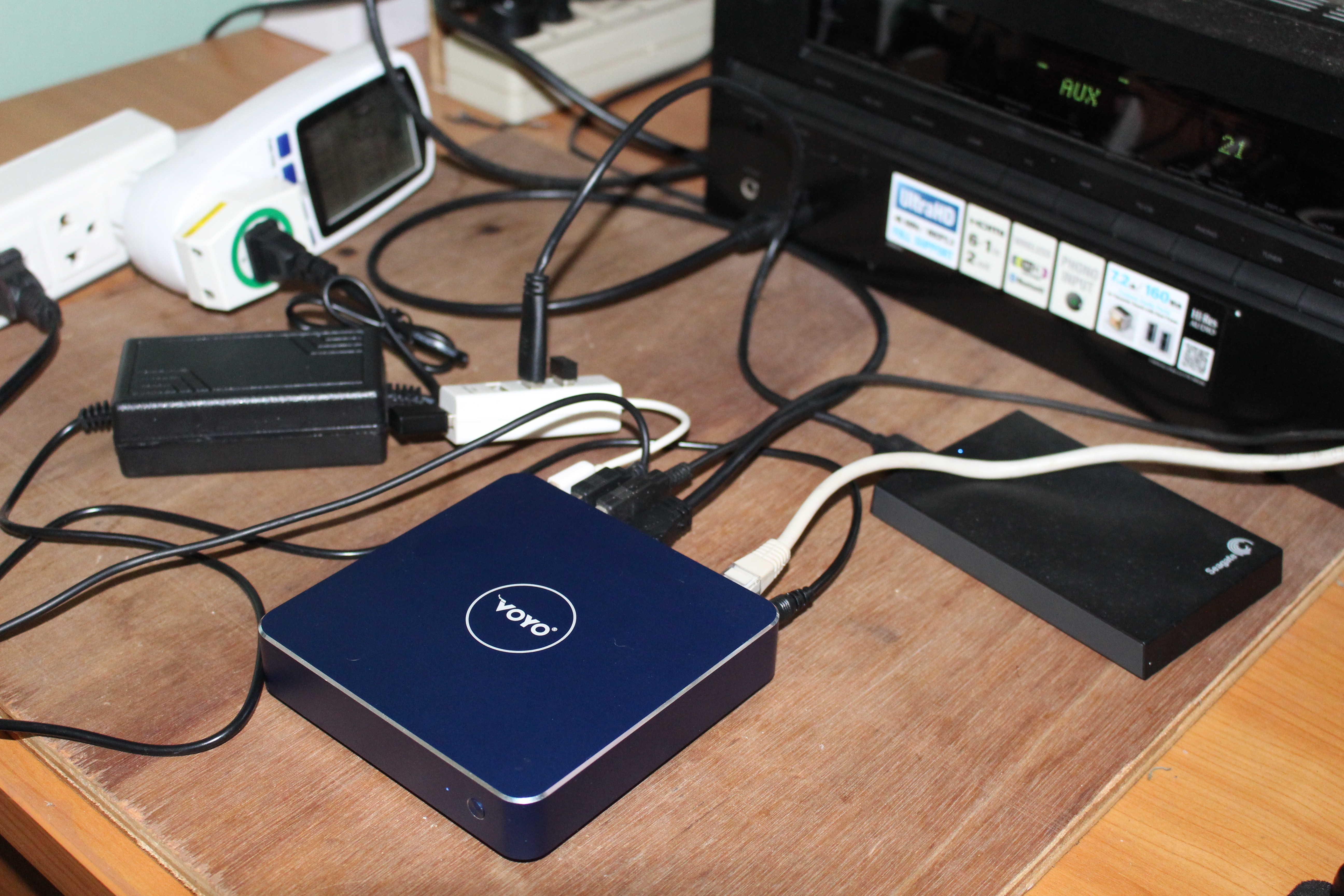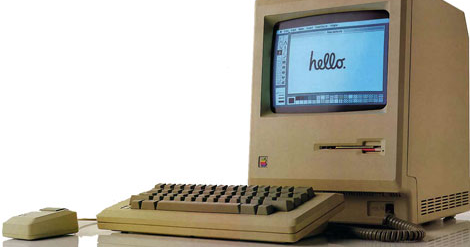

- Mini vmac disk images games how to#
- Mini vmac disk images games install#
- Mini vmac disk images games software#
- Mini vmac disk images games code#
- Mini vmac disk images games plus#
Now it’s time to get that disk formatted and a working system installed, but to do so I’ll need to create a boot floppy first.Īs a quick recap, at this point I have a Macintosh SE/30 with a working floppy drive. I’ve installed 64 MB of RAM along with a GGLABS MACSIMM ROM replacement.
Mini vmac disk images games install#
I’m using the aforementioned SCSI2SD to simulate a single 1.75 GB hard drive, on which I intend to install System 7.5.5. The first thing I want to do is format that 1.75 GB drive with an HFS filesystem. The usual process is to boot from a floppy and use either the Apple HD SC Setup (for System 6) or Drive Setup (for System 7) program to format the drive. However, I’ve found that those programs don’t work well with the SCSI2SD. This option is for users that want to create a bootable installation media (USB flash drive, DVD) or create a virtual. They don’t recognize the non-Apple drive by default, and even if you get a “patched” version which does, the resulting disk will have data corruption problems.
Mini vmac disk images games plus#
System 6.0.8 is the best version for Macintosh Plus IIRC. The solution is to use the third-party disk formatter Lido 7.5.6. Try them in Mini vMac for the PC, they must be bootable disk images containing a MacOS installation. It works perfectly fine with the SCSI2SD, however it doesn’t come preinstalled on a bootable floppy.

So the actual first thing I need to do is to make a bootable floppy.
Mini vmac disk images games software#
No guarantees that 20+ year-old software will actually work, although all the of the disk images except for the 400K MFS disks have been. The formats include 400K MFS, 800 HFS, 1.44 HFS, original CD images & custom disk images that I have created. While there are many methods for doing this, I decided that since I’m planning on installing 7.5.5, that I wanted a 7.5.5 boot floppy. This is a collection of Macintosh software disk images ranging from the mid-80's to the late '90's. Play your favorite classic Windows-only games on a Mac. However by this time system CDs were becoming the norm, so the closest I could find was Apple’s System 7.5 Network Access Disk. Share files and folders, copy and paste images and text and drag and drop files and content. It’s provided as a disk image stored in a MacBinary-encoded self-extracting archive, so the first step is to download it onto a working classic mac and extract the disk image with Stuffit Expander. File From Physical Disk option to create a. Then you can use the Disk Copy program to write the extracted “Network Access.image” file to a real floppy. Now I have a Mac SE and a Mac Classic, along with all my old disks. This is where having a bridge machine, like the Power Macintosh 8600/200 I previously restored, comes in handy. So now the non debug version of Mini vMac will display a number, which doesn’t take much code, so at least something can be learned.But let’s assume for a moment that you don’t have a bridge machine, is it still possible to create a vintage mac boot floppy? Yes! I could have easily done the whole process, from download to physical floppy, right there. From macOS to Macintosh: Moving in this direction is more problematic. image disk image and transfer its contents to a. dsk files (see above), or you can use Mini vMac to open a. You can read them on macOS by directly converting them to. But this idea doesn’t work out so well if the problem can’t be reproduced, and seems to happen randomly and rarely. Note: Floppy Emu also supports Disk Copy. Then the same thing can be done on a copy of Mini vMac with debugging stuff enabled.
Mini vmac disk images games how to#
The original idea was that if something unexpected happens, you should first figure out how to reproduce the problem. If Mini vMac reports an “Abnormal Situation”, it now also displays a 4 digit hexadecimal number.While other compilers are still supported, they can result in significantly slower emulation.
Mini vmac disk images games code#
(On OS X, various bug fixes should make the Cocoa port now work as well as Carbon port, which wasn’t available on x86-64.) The C code is tweaked for a specific version of the GCC compiler. Also, the x86-64 version is now faster than the old x86-32 assembly, and so is now preferred on machines that can run both x86-64 and x86-32. So Mini vMac should be much faster for variations where the old assembly code could not be used. (And also Macintosh II emulation should be faster.) The C version of the 680x0 CPU emulation was optimized to be about as fast as the previous assembly code (that was only implemented for 68000 emulation on PowerPC and x86-32), and then the assembly code was removed.



 0 kommentar(er)
0 kommentar(er)
